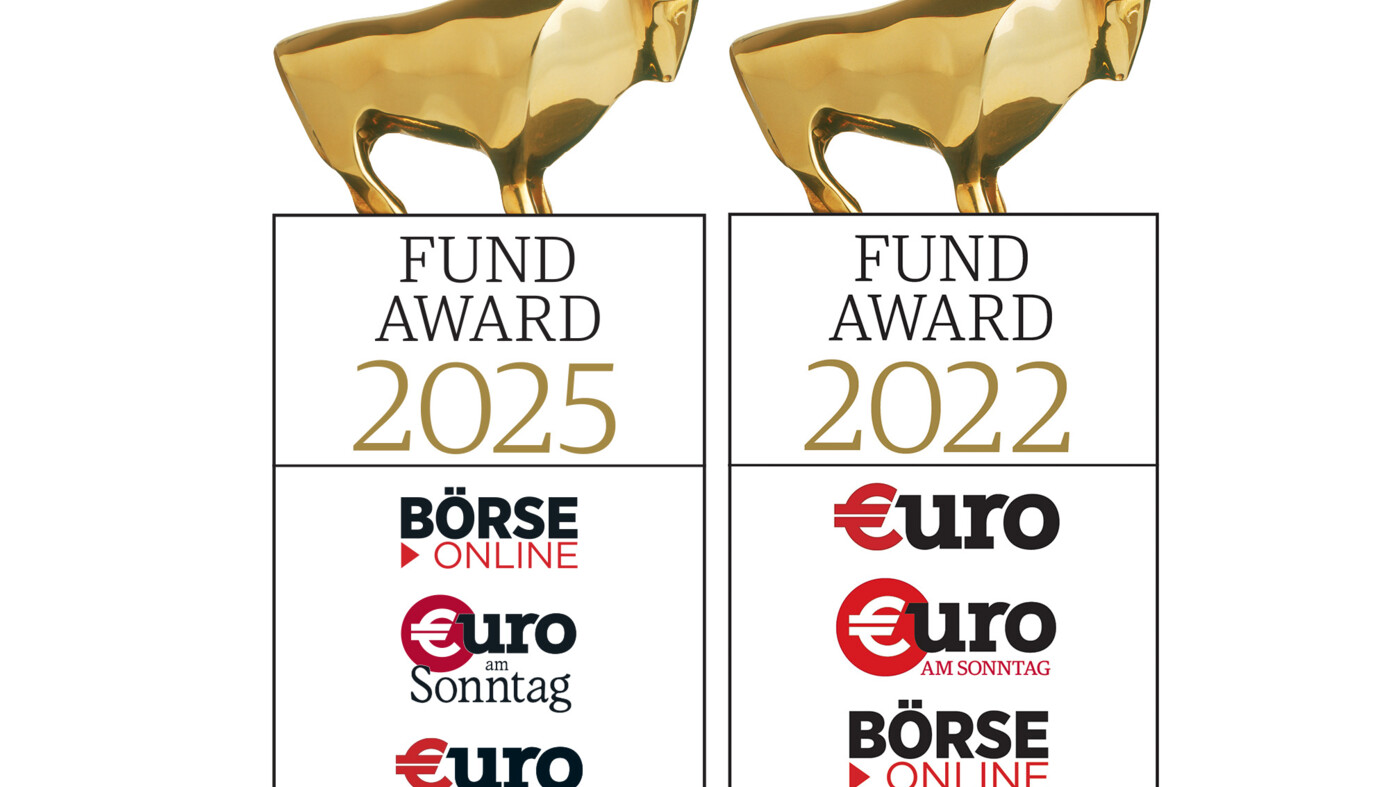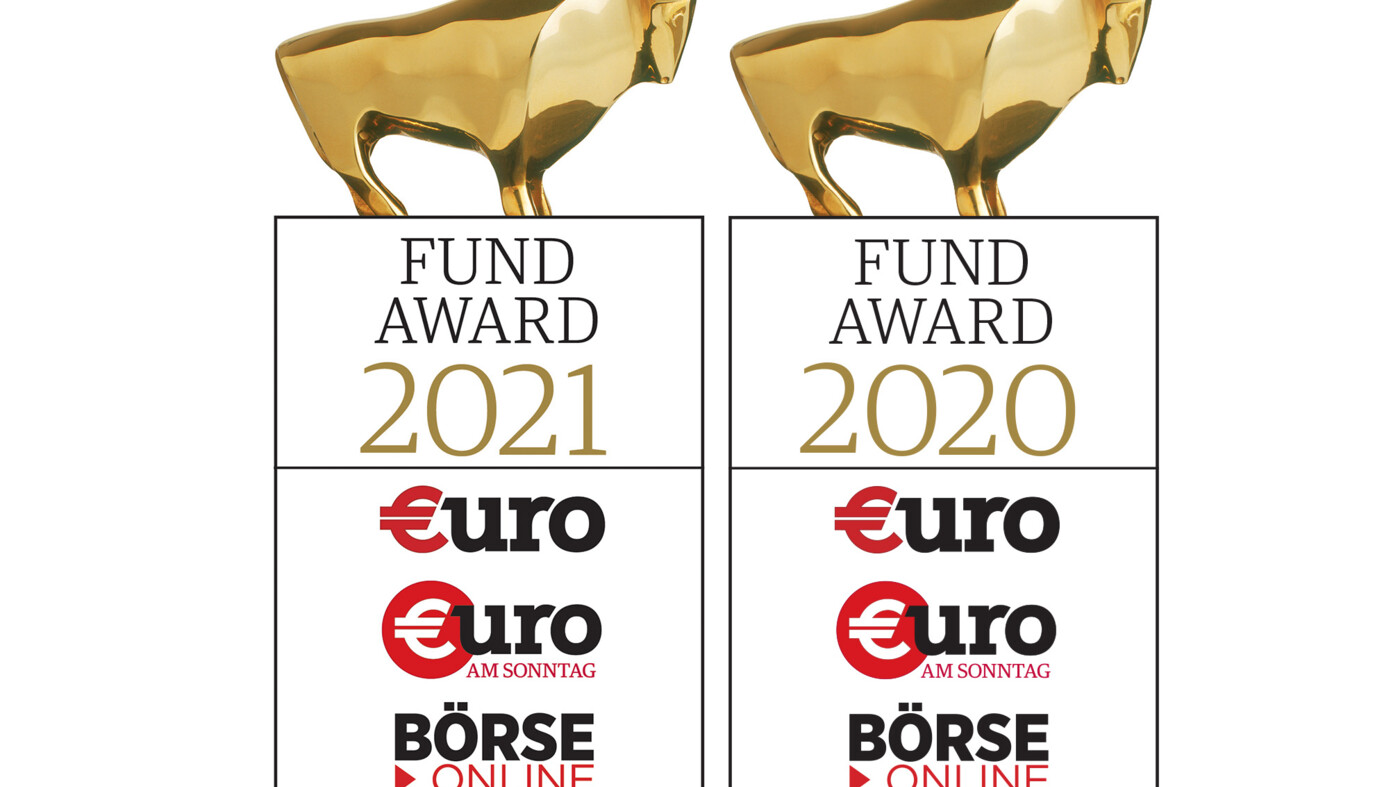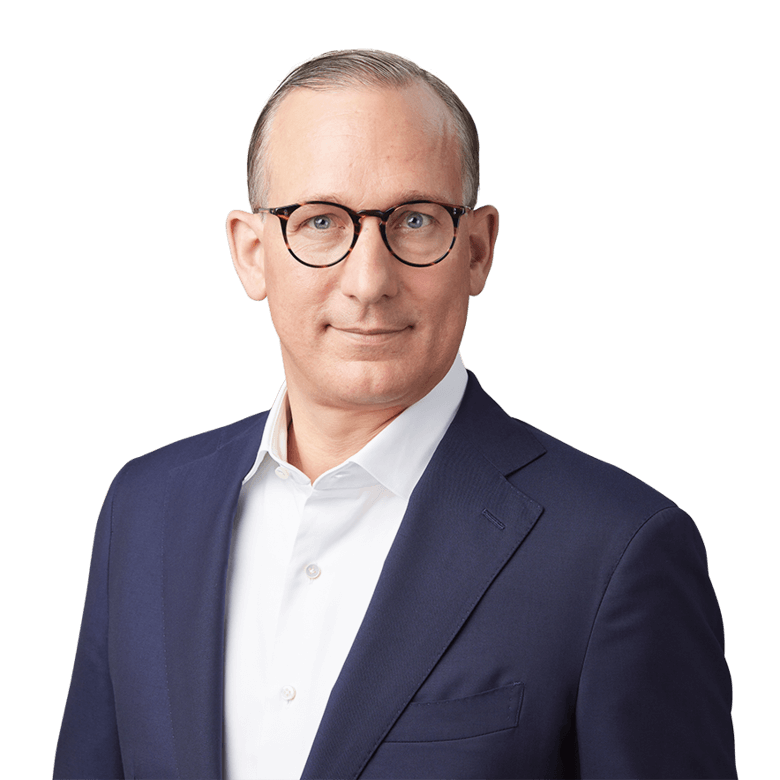Explained in 90 seconds
Medtech & Services is an investment in 10% of global gross domestic product: Healthcare sector excluding drugs
Bottom line: above-average and steady growth compared to the broad market
Digitalization and the use of GenAI is boosting sales and earnings growth
Indexed performance (as at: 18.12.2025)
NAV: EUR 764.24 (21.12.2025)
Rolling performance (18.12.2025)
| I-EUR | MSCI World IMI HC Equip. & Supplies | MSCI World HC Net Return | |
| 21.12.2024 - 21.12.2025 | -7.47% | -6.01% | 2.13% |
| 21.12.2023 - 21.12.2024 | 17.21% | 16.18% | 7.68% |
| 21.12.2022 - 21.12.2023 | 0.54% | 4.10% | -1.75% |
| 21.12.2021 - 21.12.2022 | -9.17% | -17.93% | 3.46% |
Annualized performance (18.12.2025)
| I-EUR | MSCI World IMI HC Equip. & Supplies | MSCI World HC Net Return | |
| 1 year | -7.47% | -6.01% | 2.13% |
| 3 years | 2.93% | 4.36% | 2.61% |
| 5 years | 4.56% | 2.85% | 7.61% |
| 10 years | 9.68% | 9.74% | 7.47% |
| Since Inception p.a. | 11.82% | 13.04% | 12.32% |
Cumulative performance (18.12.2025)
| I-EUR | MSCI World IMI HC Equip. & Supplies | MSCI World HC Net Return | |
| 1M | -1.98% | -2.12% | -1.17% |
| YTD | -7.16% | -5.92% | 0.86% |
| 1 year | -7.47% | -6.01% | 2.13% |
| 3 years | 9.04% | 13.67% | 8.05% |
| 5 years | 24.99% | 15.08% | 44.31% |
| 10 years | 151.97% | 153.36% | 105.56% |
| Since Inception | 513.01% | 631.36% | 559.47% |
Annual performance
| I-EUR | MSCI World IMI HC Equip. & Supplies | MSCI World HC Net Return | |
| 2024 | 16.08% | 15.30% | 8.12% |
| 2023 | 1.60% | 5.08% | 0.45% |
| 2022 | -11.34% | -19.83% | 0.55% |
| 2021 | 25.69% | 23.65% | 28.63% |
Facts & Key figures
Investment Focus
The fund’s aim is to achieve capital growth in the long term, is actively managed and invests worldwide in companies active in the medical technology and healthcare services sector. Show moreShow less
Investment suitability & Risk
Low risk
High risk
General Information
| Investment Manager | Bellevue Asset Management AG |
| Custodian | CACEIS BANK, LUXEMBOURG BRANCH |
| Fund Administrator | CACEIS BANK, LUXEMBOURG BRANCH |
| Auditor | PriceWaterhouseCoopers |
| Launch date | 28.09.2009 |
| Year end closing | 30. Jun |
| NAV Calculation | Daily "Forward Pricing" |
| Cut of time | 15:00 CET |
| Management Fee | 0.90% |
| Subscription Fee (max.) | 5.00% |
| ISIN number | LU0415391514 |
| Valor number | 3882709 |
| Bloomberg | BFLBBIE LX |
| WKN | A0RP25 |
Legal Information
| Legal form | Luxembourg UCITS V SICAV |
| SFDR category | Article 8 |
Key data (30.11.2025, base currency EUR)
| Beta | 0.99 |
| Volatility | 15.28 |
| Tracking error | 4.58 |
| Active share | 24.56 |
| Correlation | 0.95 |
| Sharpe ratio | 0.11 |
| Information ratio | -0.43 |
| Jensen's alpha | -2.06 |
| No. of positions | 47 |
Portfolio
Top 10 positions
Market capitalization
Geographic breakdown
Breakdown by sector
Benefits & Risks
Benefits
- Digitalization of the healthcare sector is boosting medtech companies’ growth and earnings.
- Focusing on profitable, liquid mid and large cap companies with an established product portfolio as well as on rapidly growing small cap businesses delivering cutting-edge technology.
- Managed care profits from the privatization of the health insurance sector and lower treatment costs.
- Minimally invasive techniques gaining ground – shorter treatment times reduce healthcare costs.
- Bellevue – Healthcare pioneer since 1993 and today one of the biggest independent investors in the sector in Europe.
Risks
- The fund actively invests in equities. Equities are subject to price fluctuations and so are also exposed to the risk of price losses.
- The fund invests in foreign currencies, which means a corresponding degree of currency risk against the reference currency.
- The fund may invest a proportion of its assets in financial instruments that might under certain circumstances have a relatively low level of liquidity, which can in turn affect the fund’s liquidity.
- Investing in emerging markets entails the additional risk of political and social instability.
- The fund may engage in derivatives transactions. The increased opportunities gained come with an increased risk of losses.
Review / Outlook
Labor market data for September, published in November, were mixed. Although more jobs were created than expected, the unemployment rate came in above expectations while wage growth fell short. At the same time, consumer sentiment deteriorated sharply. This increased the likelihood of another interest rate cut by the US Federal Reserve in December.
The broader equity market declined by -0.4% in the month under review. Healthcare performed significantly better, advancing +7.4%. The medtech sector (+4.4%) and the Bellevue Medtech & Services Fund (+3.8%) also posted solid gains.
Positive contributors included large-cap companies such as Idexx Laboratories (+18.8%), Medtronic (+15.3%), Intuitive Surgical (+6.6%), Abbott (+3.6%) and Stryker (+3.5%), as well as mid- and small-cap names including Inspire (+71.4%), Globus Medical (+49.7%) and Penumbra (+28.1%).
Idexx clearly exceeded high expectations with 12% organic revenue growth in Q3 and raised its revenue and margin guidance for 2025. Medtronic likewise delivered stronger-than-expected revenue growth, supported among other things by progress in its newest-generation pulsed-field ablation catheters for the treatment of cardiac arrhythmias.
Inspire reported good quarterly results, and the CMS (Centers for Medicare and Medicaid Services) announced higher reimbursement rates for its therapy. This will make the procedure more profitable for Inspire’s customers, which should lead to higher utilization and strong revenue growth for Inspire. Globus Medical materially exceeded expectations in Q3. Integration of the Nevro acquisition is progressing faster than anticipated, and full-year guidance was raised. Penumbra also reported better-than-expected Q3 results, increased guidance and provided a positive update on its Thunderbolt system.
Performance detractors included Veeva Systems (-18.0%), Ambu (-13.3%), Hoya (-8.4%) and Zimmer Biomet (-3.7%). Veeva beat quarterly expectations and raised guidance but sold fewer CRM systems to large pharmaceutical companies than anticipated. Ambu missed analyst expectations in Q3, mainly on margins. Its targets for the next financial year were also below expectations.
US health insurers delivered mostly positive returns. Cigna (+12.7%), Centene (+10.5%) and Elevance (+5.9%) contributed positively, while Humana (-12.3%), UnitedHealth (-4.1%) and Molina (-3.8%) detracted. Cigna and Centene recovered after being oversoldafter strong quarterly results. Humana beat Q3 earnings expectations and confirmed guidance for 2025 but still created uncertainty, as stronger growth in new Medicare Advantage members could pressure margins in 2026, given typically lower margins for new enrollees.
Life sciences tools companies Danaher (+4.6%) and Thermo Fisher (+3.4%) also contributed positively, supported by improved investor sentiment in the biopharma subsector.
All performance data in EUR / B shares.
Supported by the strong Q3 reports from medtech companies and our discussions with numerous management teams, we expect robust surgical procedure volume growth also in Q4. We likewise anticipate a very positive development in 2026. The currently record-high valuation discount versus the US equity market is another factor supporting an investment in the Bellevue Medtech & Services (Lux) Fund. There are clear signs that M&A activity is accelerating and that large-cap companies will use their strong balance sheets to drive additional external growth. The key long-term performance driver remains the approval and launch of relevant new products, which should continue to support strong revenue growth. Examples include Abbott’s Lingo, Libre Rio, Libre 3, TriClip and AVEIR systems, Boston Scientific’s Farapulse PFA and Watchman FLX Pro, and Intuitive Surgical’s new da Vinci 5 robotic system.
Dokumente
Show moreShow less









